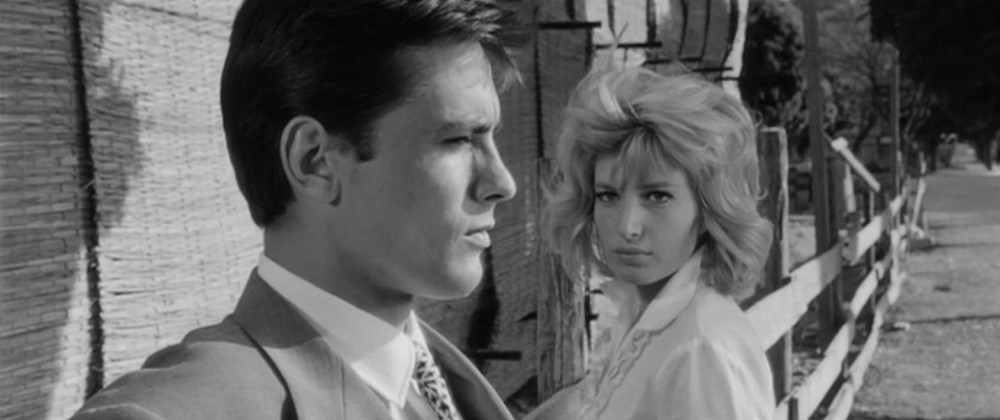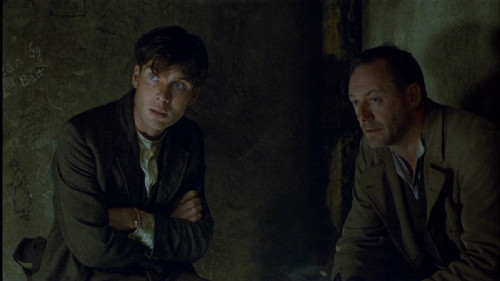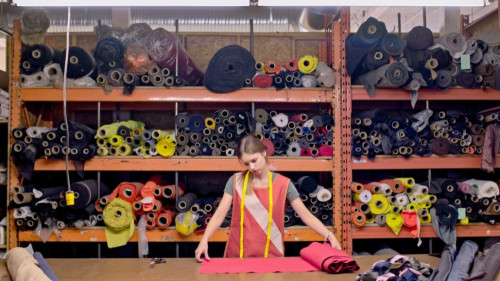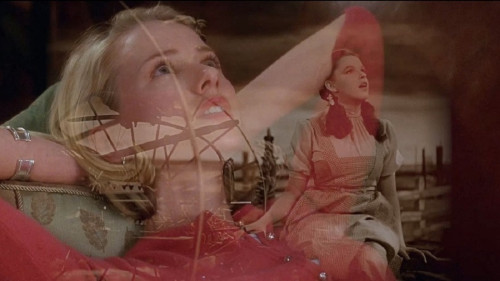Volume 14, Issue 4 / April 2010
Michelangelo Antonioni Tribute
In this issue
-

Michelangelo Antonioni and the “Reality” of the Modern
-
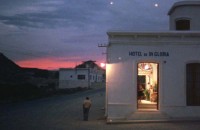
Realism and Reality in Antonioni’s Profession: Reporter
as dramatizing the Nietzschean notion of the “power of the false”
-
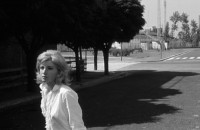
Fragile Images and Concrete Things
Indirect Subjectivity and the Externalization of The Soul in Michelangelo Antonioni's Tetralogy
-

Femme Antonionienne
-

Zabriskie Point (1970, Antonioni): A Scene by Scene Analysis of a Troubled Masterpiece
I am pleased to be able to finally announce, after what has been the most drawn out of build-ups, the long awaited Antonioni Tribute Issue. Though he passed away almost three years ago, we cannot deny that it has never been too soon or too late to praise Antonioni’s visionary approach to both the act of filmmaking, as well as his take on the personal and social landscape which he turned his lens upon. I can still recall the first time I saw L’Avventura in a cold and rickety Concordia class room theatre, exhausted from the night before yet literally unable to close my eyes for even a second. I often scoffed at such descriptions frequently thrown around by overly sentimental or romantic cinephiles before this event, but to this day I can honestly say I’ve never had such an experience viewing a film as I did for those two hours, nodding between ennui and fixation as though I were already dreaming through wide open eyes. While discussing this Tribute with Donato Totaro, it was William Arrowsmith’s concept of the psychogeographic journey – the hallucinatory objectivism Antonioni uses to unite inchoate charactes with mercurial landscapes – which we would continually return to as the binding essence throughout Antonioni’s films, and it is this approach which embodies the “new movie language” he was praised for introducing with L’Avventura and which held back my heavy eyelids throughout that first screening. All of the essays selected for this special issue were chosen based on this idea, and each perpetuates a particular dimension of this psychogeographic quest. Zach Melzer (a first-time Offscreen contributor) examines this notion within the framework of Eugene Lunn’s configuration of the Modernist aesthetic, outlining very clearly the interplay of social history and artistic aesthetic in Il Grido, L’Avventura, and L’Eclisse. Irini Stamatopoulos’ piece (not for the theoretically faint-of-heart) moves nicely from the historical to the metaphysical/phenomenological representation of time in Profession: Reporter, taking Deleuzian aesthetics and the Nietzchean idea of “the power of the false” as her mode (as Deleuze took Antonioni) to explicate the freedom innate to the character of John Locke in a realm of non-empirical and interiorized temporality. For those without the philosophical background or taste for theoretical analysis, “Fragile Images and Concrete Things” offers my own breakdown of this interaction of the internal and external soul in L’Avventura and L’Eclisse and helps to reposition Irini’s analysis in certain regards alongside the films themselves. Julie Ravary, another first-time contributor, takes this psychogeographical question in a distinct but, I believe, necessary direction towards Antonioni’s perspective on women, both in society and in his films. This tendency towards strong yet sympathetic female characters is an undeniably striking element in Antonioni’s filmography – gestating in his early work, but coming to full prominence in his tetralogy – and Julie’s essay nicely sets up Antonioni’s proto-feminist inclinations in the personal adventures of Irma in Il Grido and in Anna and Claudia in L’Avventura. Finally, Donato takes up Antonioni’s most under-celebrated undertaking, Zabriskie Point, and reconsiders it as an extension of the aesthetic he commenced in his great tetralogy. Totaro’s piece aims to challenge the common opinion of Zabriskie Point as one of Antonioni’s greatet fumbles and treats it as a misinterpreted masterpiece and an achievement of style rather than content, undermining such criticism as Pauline Kael’s lament that it was a “crumbling ruin of a movie … There is not a new idea or a good idea in the entire movie – not even a small one”. With this renewed perspective on even the most disasterous of this great director’s films, we invite you to enjoy reading about, (re)watching, and remembering both the films and the man to whom cinema history is forever indebted. Addio, maestro Antonioni. (Featured Editor, Michael Bloom)

